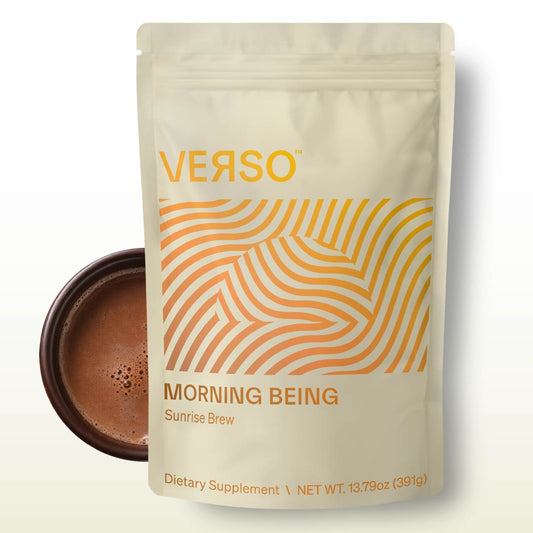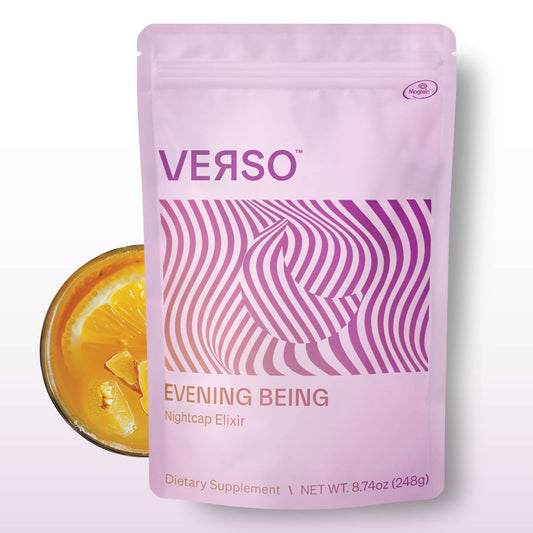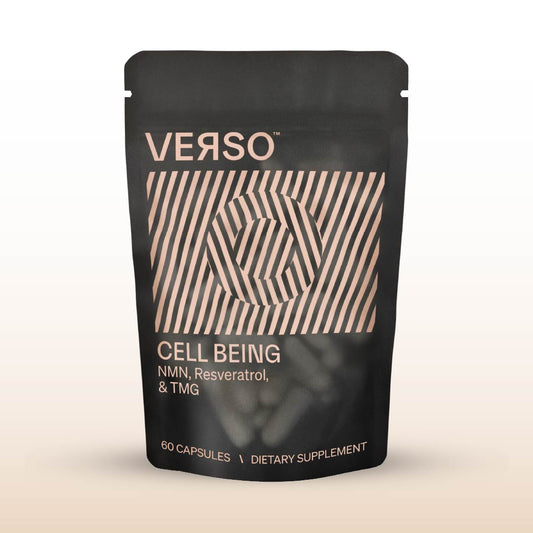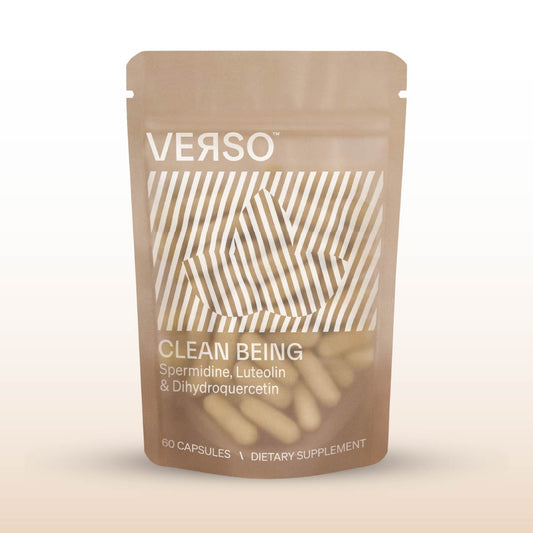What’s in your supplements? This is what you should look for, and stay away from.

Photo by nine koepfer on Unsplash
Supplement manufacturers use filler for a number of reasons some legitimate, and some less so – here’s what you should know
1. Bulking
Some supplements have very small amounts of the active ingredients claimed because they’re expensive or that is all that is legally required for that particular ingredient. In this case manufacturers would rather sell you “full” capsules that make you feel like you’re getting more for your money. The only legitimate reason for bulking supplements up is for packaging considerations, ie. a partially full capsule is easier to crush, and rupture. While a full capsule will retain shape better and not fall apart as easily. What’s more important is what the filler actually is comprised of.
2. Processing
The manufacturing process can involve a number of steps depending on the supplement being manufactured, but it will typically have a mixing stage and an encapsulation stage. To help the material flow through the equipment, prevent caking, or just to generally stabilize the ingredient(s) a filler is usually required. This is a necessary part of supplement manufacturing, but how this problem is solved really matters.
3. The Really Bad
Artificial colors colors are generally not something you want in any part of your diet or supplement stack – have no place in quality supplements. The same goes for artificial preservatives: parabens, benzonates, sorbates, and sulfites. Preservatives are by definition antibacterial, since you are made of a large collection of important bacteria, this is not something you want to be indiscriminately assassinating. Preservatives can wreak havoc on your microbiome, and ultimately your overall health.
It is also wise to evaluate the company that is producing the supplement. Look for third party testing data and overall transparency as there can be other toxins present that aren’t posted on the label. To serve as a stark reminder of this, over the last few years a number of studies have found high levels of lead chromate in turmeric powers and supplements. This has been mostly found in the powders sourced from India and Bangladesh, where manufacturers have been adding the lead laced chemical as an inexpensive way to to brighten the color. Not cool.
4. What to Avoid
There are a number of fillers you may want to look out for and avoid, such as:
- Silicon Dioxide is really just distilled ‘pure’ sand.. There are many ‘professionals’ citing an absence of evidence that it’s harmful (absence of evidence ≠ evidence of absence). However, as always the devil is in the details. The EFSA has raised concerns that some aggregates may be smaller than the nano threshold of 100 nm, which can cause a number of problems since nanoparticles can go places larger molecules can’t, like the blood-brain barrier.
- Magnesium Silicate is another additive that has been flagged by the EFSA for the same nanoparticle concerns as silicon dioxide.
- Titanium Dioxide is listed as a Group 2B carcinogen by the International Agency for Research on Cancer. Nanoparticles may also be present and raise similar concerns as silicon dioxide.
- Sodium Benzoate is carcinogenic when combined with vitamin C, and can also increase asthma attacks. Animal studies suggest that sodium benzoate can activate inflammatory pathways, including cancer development.
- Magnesium Stearate presence and variability may affect the solubility and availability of some supplements.
5. What to Look For
In a perfect world supplements could be produced without any fillers or additives. However, during current times, it isn’t possible for most compounds with the current manufacturing technology. Natural fillers like rice flour are the current best the industry has to offer, and worth looking for in a quality supplement.
Please note this article is largely focused on encapsulated products, there are other binders, additive, fillers, and stabilizers out there in tablets, liquid and other supplements that also warrant an abundance of caution





